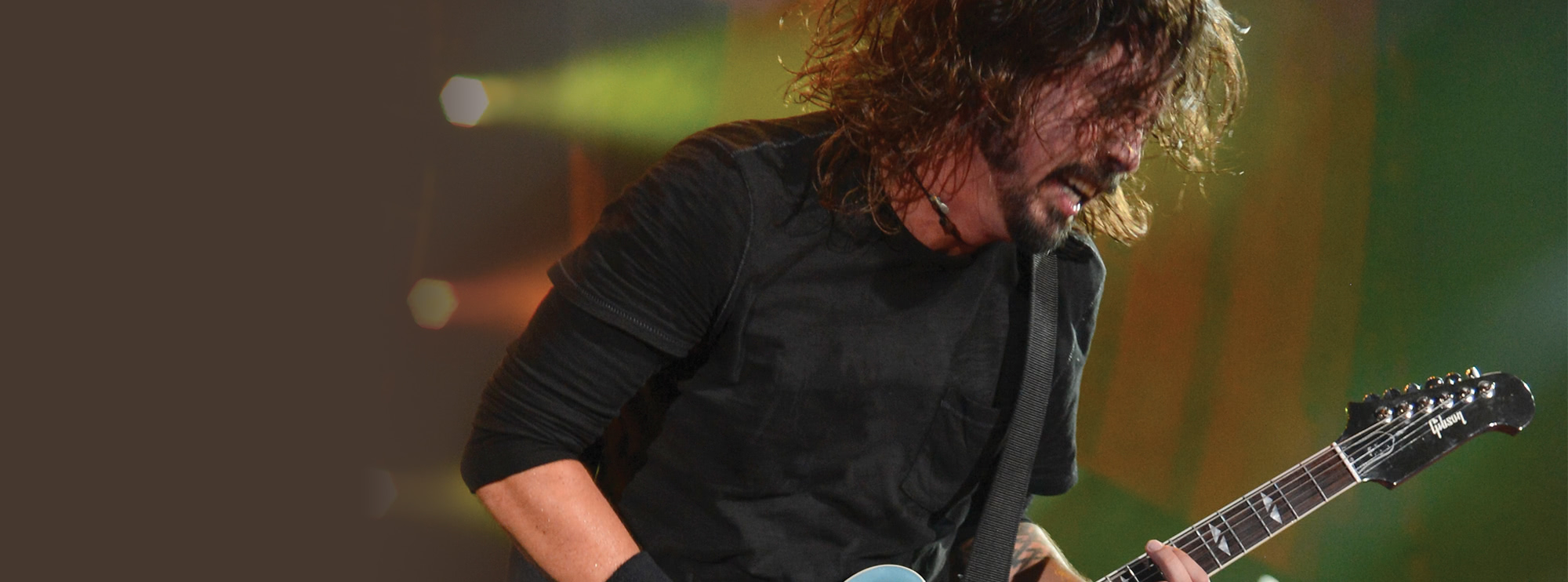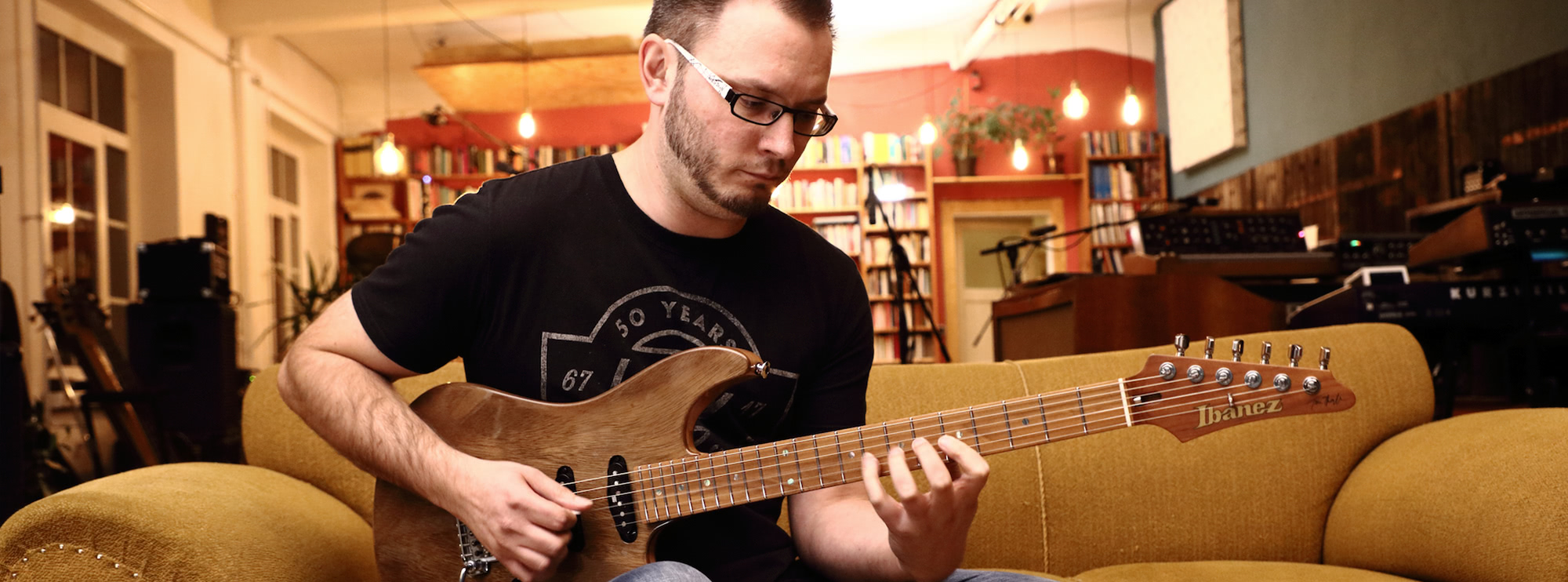Thin Lizzy's "Dancing in the Moonlight" from 'Live and Dangerous': Guitar Lesson
"Dancing in the Moonlight" by Thin Lizzy, featured on their live album 'Live and Dangerous,' is a gem that combines rock and roll with elements of soul and jazz. If you're a guitarist, this song offers an intriguing playground for multiple techniques and a lesson in tasteful playing. Danny Gill unpacks this classic live track.
The Chords and Scales
The chord progression mainly revolves around F#m, E, and D. At its core, the progression is diatonic to the key of F# minor. The F# Aeolian scale serves as the basis, and occasionally, we see the touch of the blues scale and F# Dorian for colour.
Guitar Solo Analysis
The solo in this track showcases a masterful interplay between melodic sophistication and technical flair. What stands out is the phrasing; it's almost like the guitar is singing. The solo ventures from the root scale into the blues scale, utilising micro-bends to create a vocal-like expression. You'll notice the frequent use of the minor pentatonic scale, yet it never feels clichéd. This is thanks to the clever use of intervals and dynamics.
Lead Guitarists and Their Contributions
Scott Gorham and Brian Robertson bring their own unique styles into this track, and it's this combo that gives Thin Lizzy its unique dual-guitar sonic landscape. Gorham's background in blues brings a soulful touch to his licks. Robertson, on the other hand, had a knack for bringing in more complex jazz chords into the rock setting. When their styles mesh in this song, it creates an exhilarating musical tapestry that is both sophisticated and immediately relatable.
Techniques Employed
What makes this song a guitar treasure trove are the techniques employed. It's not just about speed or shredding; it's about feel and musicality. Here's a breakdown:
- Rhythmic Playing: A blend of sixteenth and eighth notes create a groovy rhythmic landscape. You'll also notice some clever use of syncopation.
- Bends and Slides: The solo features tasteful bends, adding a human vocal quality. Slides are used both as a transition tool and a way to add flair to the licks.
- Vibrato: It's subtle but effective, adding another layer of emotion to the solos and fills.
- Alternate Picking: This technique helps maintain the energy and speed needed for those quick licks and fast-moving chord progressions.
- Double Stops: Used in moderation, double stops are thrown in to fatten up certain phrases.
- Arpeggios: Some of the licks are built around arpeggiated shapes, and they add a sophisticated touch to the solo section.
List of Techniques Used:
Conclusion
"Dancing in the Moonlight" is a musical lesson in how to merge feel and technique seamlessly. It offers the guitarist a platform to not just showcase their technical prowess but also their musicality and emotional expressiveness. From the scales used to the chord progressions, and from the solo construction to the dual-guitar harmonies, this song is a masterclass for any aspiring guitarist.

About The Tutor
Tutor Profile
Danny Gill
Danny Gill is, without a doubt, the most loved tutor by our community. With an incredible array of DVDs and web lessons for LickLibrary covering a wide variety of topics all of which he covers with incredible detail, it's no wonder he carries as much respect as he does. As...




